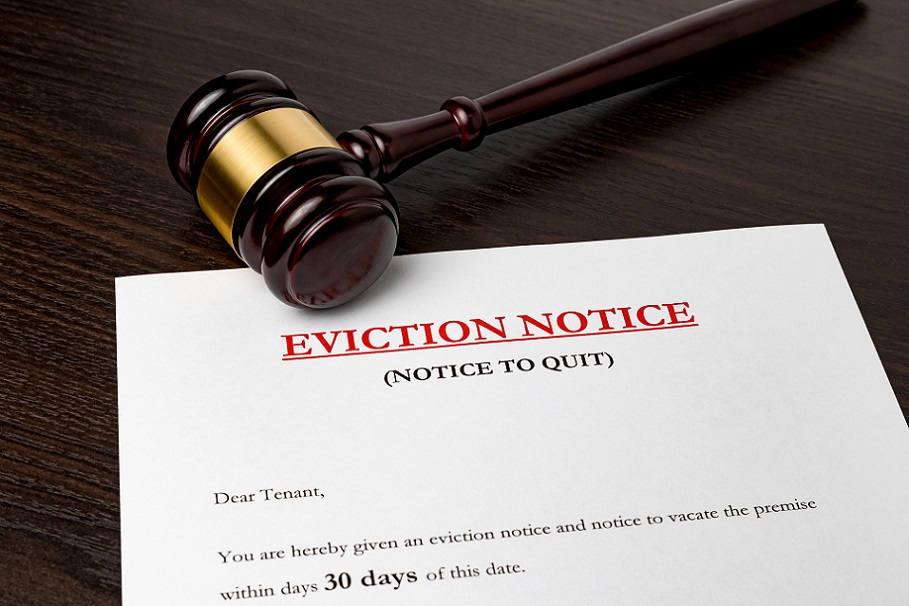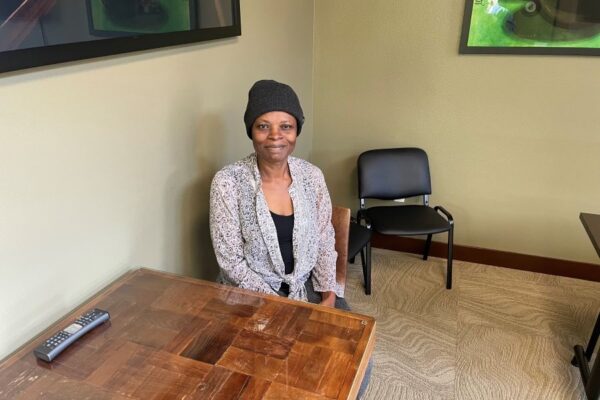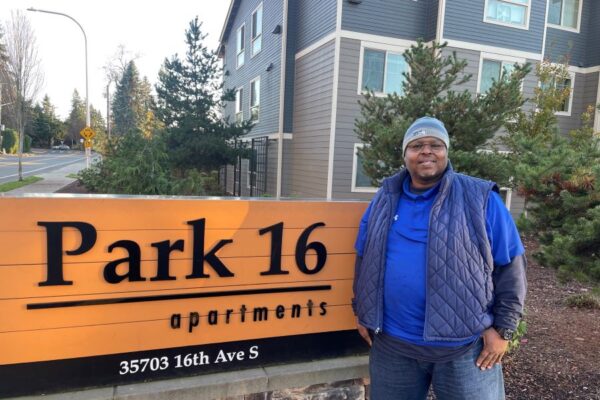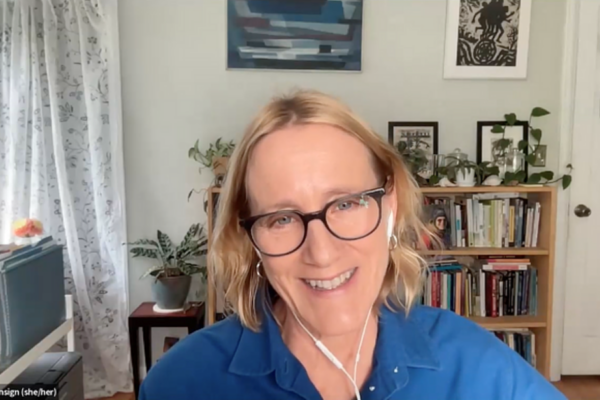Eviction Moratorium Has Expired–Now What?
There is never a good time to end a vital service that everyone knows is temporary. But when state officials decided to allow Washington’s eviction moratorium to expire on Oct. 31 without an extension, they removed a blanket of security that has covered thousands of home dwellers during the COVID-19 pandemic.
Now with winter approaching, there’s no telling whether the expiration will ultimately trigger a flood of evictions in King County–excluding Seattle and Kenmore, which have eviction moratoriums through January 2022.
King County’s homelessness crisis existed well before the COVID-19 pandemic hit the area in early 2020. The eviction ban enacted by Gov. Jay Inslee followed the economic hardships exacerbated by COVID-19 and it generally prohibited evictions. They were permissible primarily in cases of safety risks or when landlords wanted to sell properties. Then the state enacted a “bridge program” until Oct. 31 to shield tenants from eviction for nonpayment of rent but allow some evictions to occur for other reasons.
All efforts to thwart evictions coincided with federal funding first through the CARES Act and then through the Treasury Emergency Rental Assistance Program Eviction Prevention and Rent Assistance Program. The City of Seattle and King County have partnered with community-based organizations and United Way to provide rental assistance to people who are at risk of facing housing instability due to financial hardships during COVID-19. This funding has focused on preventing homelessness and evictions in low-income households and has aimed to distribute the funds equitably to groups historically at highest risk of homelessness or disproportionately impacted by COVID-19, namely BIPOC groups.
But most of the funds had not been fully dispersed prior to the moratorium’s expiration.
So now what? Eviction is one of the leading causes of homelessness, and according to recent Census data, there were 15,419 people in King County counted as homeless— including those staying overnight in missions, shelters or those unsheltered.
Some groups such as the Washington Multi-Family Housing Association said that the mass eviction many forecasted nationwide has not occurred and likely will not occur in Washington. The association cited the state’s involvement in the eviction process with the distribution of rental relief funds as key to stemming evictions. Indeed, King County officials said that more than 300 landlords representing more than 1,300 properties in the King County Rental Assistance program said they would not evict a tenant enrolled in the program for nonpayment of rent for the remainder of the year.
When 2022 comes, however, things might change— especially because rental assistance funds will still need to be distributed. Coupled with January’s expiration of the Seattle and Kenmore moratoriums, an area already grappling with one of the nation’s worst homelessness crises might become overwhelmed with housing insecurity.
United Way of King County believes in prevention as one of the best solutions to the county’s homelessness crisis. Eviction moratoriums, we believe, have prevented a widespread new influx of people into homelessness, but rental debt is still reaching staggering levels for families. For too many, the threat of eviction is always there, pandemic or not.
That’s why United Way is partnering with the City of Seattle and King County to administer these funds and provide rent and utility relief to households most impacted by the COVID-19 pandemic.
Since the pandemic, our investments have largely focused on prevention, particularly within communities of color. Keeping people housed throughout this crisis positions our region to come out the other side much stronger.
Eligible families can receive between three to 12 months of rent help (nine months in back rent and three months forward), depending on their type of lease agreement held with the landlord/property manager.
The pandemic has also shone a light on racial inequalities that existed for years. From infection rates to unemployment, homelessness and food insecurities, the pandemic has most affected people of color. Since the pandemic began, the United Way Home Base rental assistance program distributed $58 million and helped over 15,000 households stay in their homes. More than 70% of the tenants were people of color. Some of them are undocumented immigrants who do not have access to public benefits or other federal help.
We will continue providing assistance as a part of our belief that the best way to stem the area’s homelessness crisis is to keep people in their homes.





Comments